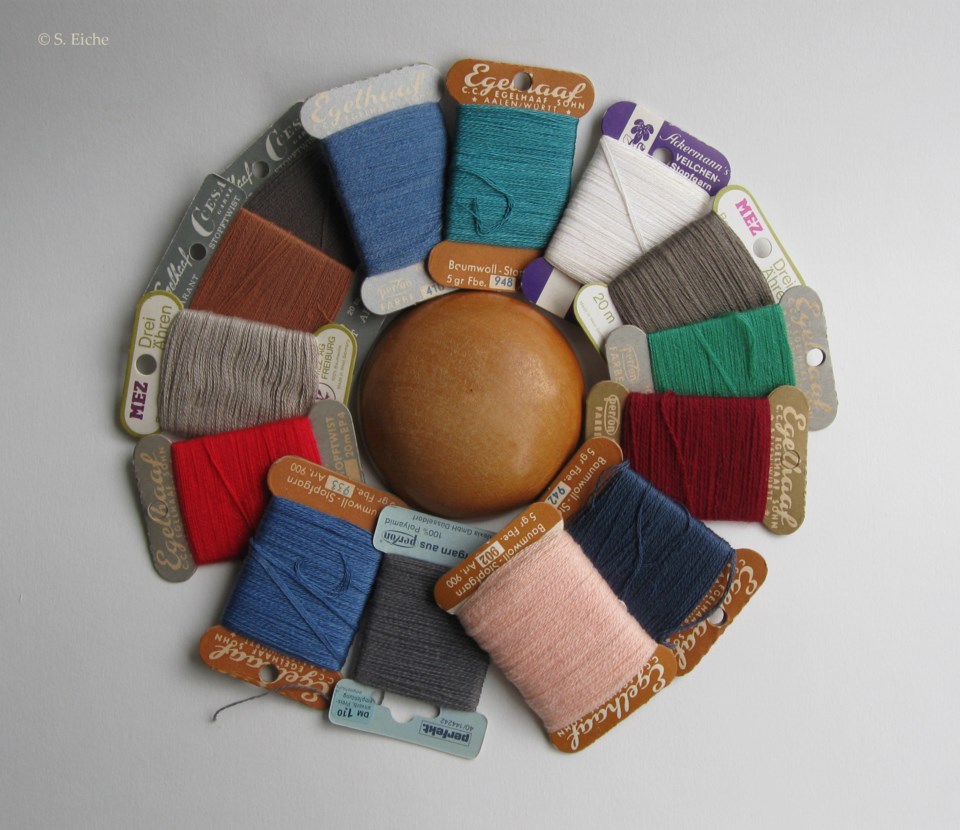Imagine turning to the classified ads of a paper to search for an item of clothing that’s been lost or stolen. Imagine responding to an ad stating you could claim your missing cardigan by paying for the ad in question. This sounds far-fetched to us in the twenty-first century, but I read ads like these in the 1930’s editions of the Richmond newspaper. Back then, clothes (most things, in fact) were valued, looked after and repaired because they were meant to last, even handed down. In our fast-everything era, the trend has been to throw out, not hand down.
That trend might now be bending back to mending. Some ascribe it to the pandemic, which left us with an unaccustomed amount of time on our hands. We looked for ways to keep occupied. Many of us revived, or acquired, creative urges, the desire to make things. Combined with this was a not-so-new preoccupation with our readiness to overconsume. And overconsumption is linked to our increasing concerns about pollution and environmental damage.
When my mother attended school in Germany, young ladies were taught the finer points of sewing by hand. They learned to make the different types of stitches and to master the different types of hems. But that wasn’t all. They also learned to mend. My mother’s sewing basket abounds in small cards wrapped with meters of cotton strands in various tints – greys, browns and beiges for darning socks, as well as colours, for invisible mending.
If you’re thinking that mending clothes is practiced only by cash-strapped or frugal people, I have evidence to prove you wrong. In Rome, an exclusive men’s shirt maker provides his customers with a second set of cuffs and collar so that those parts can be replaced and the shirt continued to be worn. Then there’s Prince Charles. The suits made for him always include an extra piece of fabric – for mending tears. Prince Charles is known for his reluctance to throw anything away that could still serve a purpose, whether it’s old bricks or a well-worn jacket.
So let’s go back to our appetite for overconsuming. Countless books and articles offer advice regarding not only what could be done by us to restrain ourselves, but also what could be done by the other side, namely the industry producing all this stuff that we don’t need. One thing is certain – if the quality of manufactured goods (in all sectors) were to rise again to its former level, the quantity we consume would go down. This would mean less pollution, less environmental damage, and a healthier planet – though maybe not a happier economy. But what’s more important, the survival of Big Business or the survival of the planet?
Back to mending - it needn’t refer just to clothes. There’s that old saying, “A stitch in time saves nine,” which means mend before the damage grows. Applied to our planet, it means work now to stop the destruction of the environment. Repair the damage before it’s beyond repairing.
Sabine Eiche is a local writer and art historian with a PhD from Princeton University. She is passionately involved in preserving the environment and protecting nature. Her columns deal with a broad range of topics and often include the history (etymology) of words in order to shed extra light on the subject.



